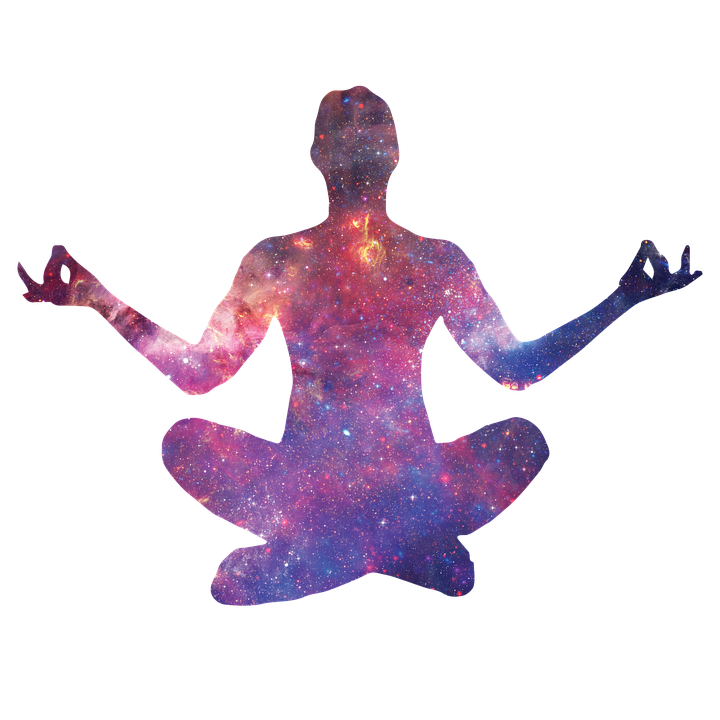Belly fat is something that almost everyone struggles with at some point in their lives. Even taking a balanced diet and exercising regularly, getting a flat stomach could take us longer than we would like. Do not despair! Fortunately there are some yoga exercises that will do wonders and facilitate this arduous task.
The yoga mat very useful for during yoga and It’s helpful while doing yoga. And yoga mat is available in amazon. To buy a yoga mat click this link.
Yoga has been a very effective way of practicing exercise for more than 5,000 years. In fact, by practicing yoga we will fully train our body, tone our muscles and relax our mind.
Take a look at some of the postures that we will show you below to get a flat stomach more easily.
Iron (Kumbhakasana)
Thanks to this posture you will exercise the whole body in a very simple way. By doing the iron you will work the thighs, the buttocks, the shoulders, the back and the belly area.
Step 1: Start in a posture similar to the one you take when doing push-ups, place your hands vertically aligned with your shoulders and make sure to keep your back straight.
Step 2: Stay in this position making sure you exercise and have your abdominal muscles tense.
Stay in this position for 15-30 seconds. Repeat the exercise 5 times resting 15 seconds between each exercise.
Wind release posture (Pavanamukthasan)
The posture of release of the wind is a great exercise to calm the pains of the lower back as well as to strengthen abdominals, hips and thighs.
Step 1: Lie on your back with your legs straight, your heels touching each other and your arms stretched out next to your body.
Step 2: Exhale while you bend your knees and bring them to your chest.
Step 3: Keep your knees as close to the body as possible. Use the abdominal muscles to maintain the position.
Step 4: Stay in this position for 60-90 seconds while breathing deeply and slowly.
Step 5: Exhale and while returning the knees to their initial position to finish the exercise.
Repeat the position 5 times resting 15 seconds between each exercise.
Pontoon posture (Naukasana)
This posture focuses on the back, the legs and the abdomen.
Step 1: Start by lying on your back with your legs straight and your arms close to your body.
Step 2: Inhale while lifting your legs making sure they remain straight and fully stretched.
Step 3: Form a 45-degree angle with the body lifting the torso off the ground helping the arms to maintain balance.
Step 4: Hold the position for 15 seconds. Return to the starting position and let the body rest for another 15 seconds.
Repeat the exercise 5 times.
Bow Pose (Dhanurasana)
Step 1: Lie on your stomach with your legs straight and your arms close to your body.
Step 2: Bring your feet back while raising your arms to hold your ankles.
Step 3: Hold the position for 15-30 seconds.
Step 4: Exhale and return to the starting position allowing your body to rest for 15 seconds.
Posture of the cobra (Bhujang asana)
The posture of the cobra strengthens the abdominal area and the back. This position is not recommended for people who have suffered a back injury or for pregnant women.
Step 1: Start by lying on your stomach with your legs straight and your arms flexed next to your body so your hands are under your shoulders.
Step 2: Keeping your legs close to the ground, lift your head with your arms. Breathe deeply as you carry your chest more and more backwards.
Step 3: Hold the position for 15-30 seconds and exhale slowly while you return to the starting position.
Repeat the exercise 5 times resting 15 seconds between each pose.
The ship (Navasana)
As in the arch posture, this position exercises the muscles of the abdomen, back, arms and legs.
Step 1: To begin, lie on your back with your legs straight and your arms next to your body.
Step 2: Take a deep breath while lifting your chest and feet off the ground.
Step 3: Keep your eyes facing forward to facilitate the alignment of the body and the legs are horizontal.
Step 4: Stay in this position while inhaling and exhaling 10 times.
Repeat this pose 5 times resting 15 seconds between each exercise.
Posture of the Chair (Uthkatasana)
This exercise will strengthen the area of the back, abdomen, buttocks and legs. It is not recommended for those people who suffer a back or knee injury.
Step 1: Stand with your hands in Namaste position in front of you.
Step 2: Flex your knees as if you were sitting in a chair.
Step 3: Bring your hands over your head, stretching your arms.
Step 4: Keeping your back straight, help yourself with the weight of your torso to find the balance as you keep flexing the knees more and more.
Step 5: Hold your position for as long as you can while breathing normally.
Bridge posture (Setubandhasana)
Step 1: Start by lying on your back with your legs straight and your arms close to your body.
Step 2: Flex the knees while bringing the soles of the feet towards the hands. Next lift your body so that your back and buttocks stop touching the ground. Make sure that both the neck and the soles of the feet are in contact with the ground.
Step 3: Use your arms as additional support to maintain the position correctly.
Step 4: Hold your posture for as long as possible.





